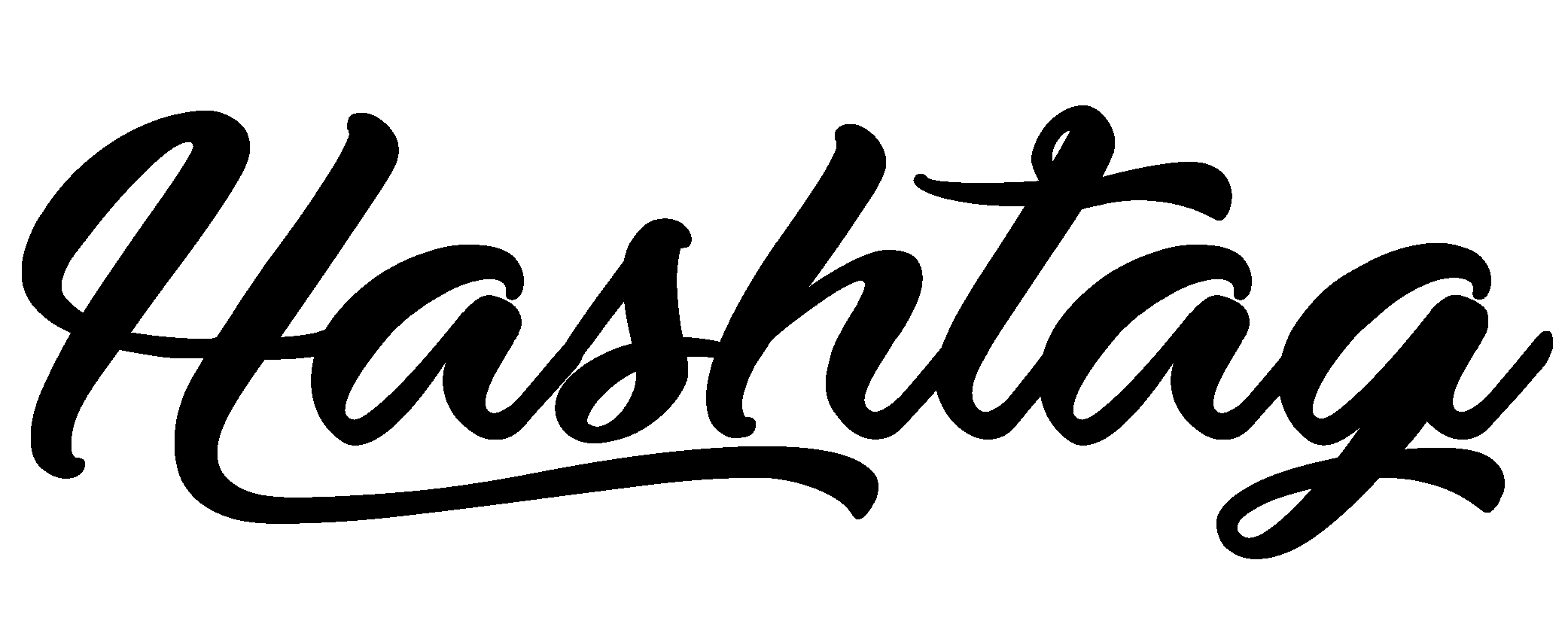While we've all been distracted by social platform updates and algorithm changes, Canva has quietly…
Meta’s Trying to Poach TikTok Creators While the App’s Future Hangs in the Balance
2.
Meta’s Trying to Poach TikTok Creators While the App’s Future Hangs in the Balance
Well, well, well… Instagram’s decided that TikTok’s potential demise is the perfect time to swoop in and grab its creators. How utterly shocking and completely unexpected. 👀
The ongoing TikTok drama has taken another turn as the Chinese government reportedly pulled out of sell-off talks in response to Trump’s new tariffs on Chinese trade. In classic political fashion, Trump’s response was to extend the deadline by another 75 days, pushing the decision to June. Because nothing says “urgent national security threat” quite like “we’ll deal with it in three months.”
Meanwhile, Instagram is circling like a well-groomed vulture, preparing to pick off TikTok creators who are (understandably) nervous about their digital home potentially vanishing.
Instagram’s Three-Pronged Attack
Meta’s strategy to lure TikTok creators across to Instagram has three main elements:
1. Finally Launching an iPad App
After years of Adam Mosseri essentially saying “who even uses iPads anyway?” Instagram has suddenly discovered that tablets exist. What prompted this revelation? Perhaps the fact that TikTok’s iPad app consistently ranks in the top 20 most downloaded apps for the device.
I’ve had multiple clients ask me about optimising content for iPad users over the years, only to tell them it wasn’t worth the effort since Instagram didn’t prioritise the platform. Funny how competition changes priorities, isn’t it?
2. Improving Search Functionality
Instagram is finally addressing its woefully inadequate search function, with Mosseri admitting they’re “starting to invest more in search on Instagram.” Starting. In 2025. After over a decade of existence.
TikTok’s sophisticated entity recognition allows it to categorize videos based on visual and audio elements, not just captions and hashtags. This makes it a surprisingly effective search engine—something Instagram has never quite mastered.
As Mosseri explains: “You can imagine, whatever you use Instagram for, that it would be great to be able to find that more easily, but it’s also good for creators, because it should allow content to resurface.”
Translation: “We’ve realised that if we actually help people find your content beyond the first 48 hours after posting, you might stop complaining about our algorithm.”
3. Offering Better Revenue Deals
Instagram has reportedly been courting TikTok creators for months, dangling increased revenue share deals and promising more promotion if they bring their content over to Instagram.
According to The Information, “Meta has been actively promoting its platforms as a safe and viable option for creators and users, especially in the face of uncertainty surrounding TikTok’s future.”
The emphasis on “safe” is telling – not just because of TikTok’s uncertain future in the US, but also because the app is facing multiple safety and privacy lawsuits. Not exactly a stable foundation for building a career.
Will Instagram’s Plan Actually Work?
Here’s the thing about Instagram’s strategy: it’s perfectly logical from a business perspective, but there’s a fundamental problem.
If Instagram could simply replicate what makes TikTok so addictive, they would have done it already—just like they did with Snapchat Stories. But despite having vastly more resources and years to crack the code, they haven’t managed to create an algorithm that’s as eerily accurate at predicting what users want to see next.
TikTok’s algorithm is genuinely different, with advanced entity detection that understands not just what you’re watching, but likely why. It’s this difference that keeps users scrolling for hours, despite Instagram’s best efforts to replicate the experience.
I had a conversation with a client last week who has 15,000 followers on Instagram but regularly gets 500,000+ views on TikTok with similar content. When I asked why she thinks there’s such a difference, her answer was simple: “TikTok actually shows my content to people who might be interested in it.”
What This Actually Means For Your Brand
If you’re a creator who’s built a following on TikTok, it might be wise to start diversifying your platform presence – not necessarily abandoning TikTok, but ensuring you’re not completely dependent on it.
For brands using these platforms for marketing:
1. Don’t rush to abandon TikTok just yet – 75 days is a long time in politics, and a deal could still materialise.
2. Consider how your Reels strategy could be enhanced if Instagram does improve its search functionality – this could make your older content more discoverable.
3. Watch for new creator incentives from Instagram in the coming months – these often start with top creators but eventually trickle down to smaller accounts.
4. Remember that platform features can be copied, but communities can’t. TikTok’s culture is distinct from Instagram’s, and content that works on one won’t automatically succeed on the other.
The truth is, Instagram’s attempt to capitalise on TikTok’s uncertain future feels a bit like trying to copy someone’s homework while they’re being sent to the headmaster’s office. It might work in the short term, but it doesn’t address the fundamental challenge: creating an experience that users find genuinely more compelling than what TikTok offers.
What do you think? Is Instagram’s strategy likely to succeed, or are they still missing what makes TikTok special? Hit reply and let me know your thoughts!
